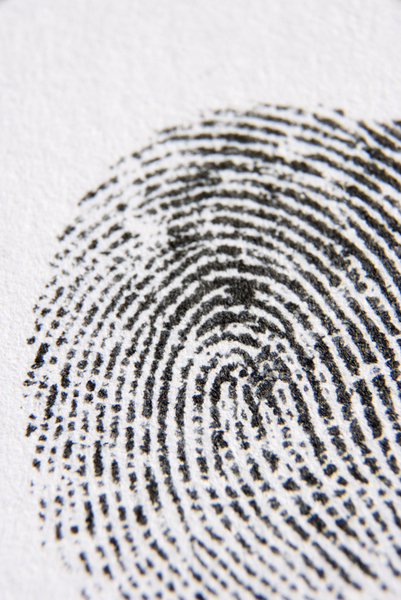Is the Time Right for Flying Biometrics?
 I know, what does flying biometrics even mean? Are there weird biometrics flying around us? Is this some kind of new band? Sorry, I didn’t know exactly how to word the title but what I am talking about is the evolution of biometrics related to the airline and airport industry.
I know, what does flying biometrics even mean? Are there weird biometrics flying around us? Is this some kind of new band? Sorry, I didn’t know exactly how to word the title but what I am talking about is the evolution of biometrics related to the airline and airport industry.
It is easy to remember the days when electronic tickets replaced paper tickets and more recently, when boarding passes began downloading into our phones. So what do airlines do for an encore?
Biometrics.
Alaska Air (AS) wants to make it easier for travelers. Their plan is to use your fingerprint to replace your other identification. Before you thumb your nose at this, look at some of the advantages. Probably at the top of the list is never having to worry about forgetting your boarding pass or elite status card. Really, it’s kind of hard to rush to the airport without your fingers. Alaska already uses a fingerprint scanner at their Boardroom lounges. Apparently it is well received, with more than 90% rating it “good” or “great”.
Since fingerprints can identify a specific individual, they could be used at airport check-in, again at boarding, and even for inflight purchases. One day it may identify passengers and their bags. On a greater scale, fingerprints may eventually get us through TSA security and replace the paper passport.
Alaska claims they do not store this information when you use their scanner but it has to be kept somewhere or they wouldn’t have anything to compare your fingerprint to. That means, of course, there are potential downsides. As much as it will make the lives of traveling passengers much easier, there is always the possibility that your fingerprints ends up in the wrong hands. What are your risks if someone manages to steal your fingerprints? And what happens if your finger is injured or the print is otherwise deformed from its original form? Also, if these scanners are not cleaned after each person uses it, what are the chances of picking up someone else’s germs? Rhetorical questions, no answers yet but if I can think of questions like this, Alaska Air is probably working on solutions.
And then there are the privacy concerns. Do enough people really want to give up their fingerprints to an airline? Will they trust the airlines with this information? Will NSA grab this information and store it in a massive identification base?
Not to be outdone, airports are also working in this direction but their approach is a bit different. Successful experiments at London’s Gatwick Airport (LGW) are using iris scanners to follow your movements. Once the images are captured, they can match you to your boarding pass and follow you all the way to the gate. Sounds a little creepy but more passengers may prefer this over the fingerprint.
Also in the pipeline is International Air Transport Association’s Checkpoint of the Future. IATA wants to streamline security lines into three segments based on biometric data stored in passenger passports. Alas, it is similar to what we have now without the biometrics. Their proposed categories would be known traveler, normal, and enhanced security. Sounds a lot like PreCheck, regular lines, and those who are removed from the lines for additional security. IATA did not explain why storing biometric data in a passport is necessary.
So, what are your thoughts on “flying biometrics?”